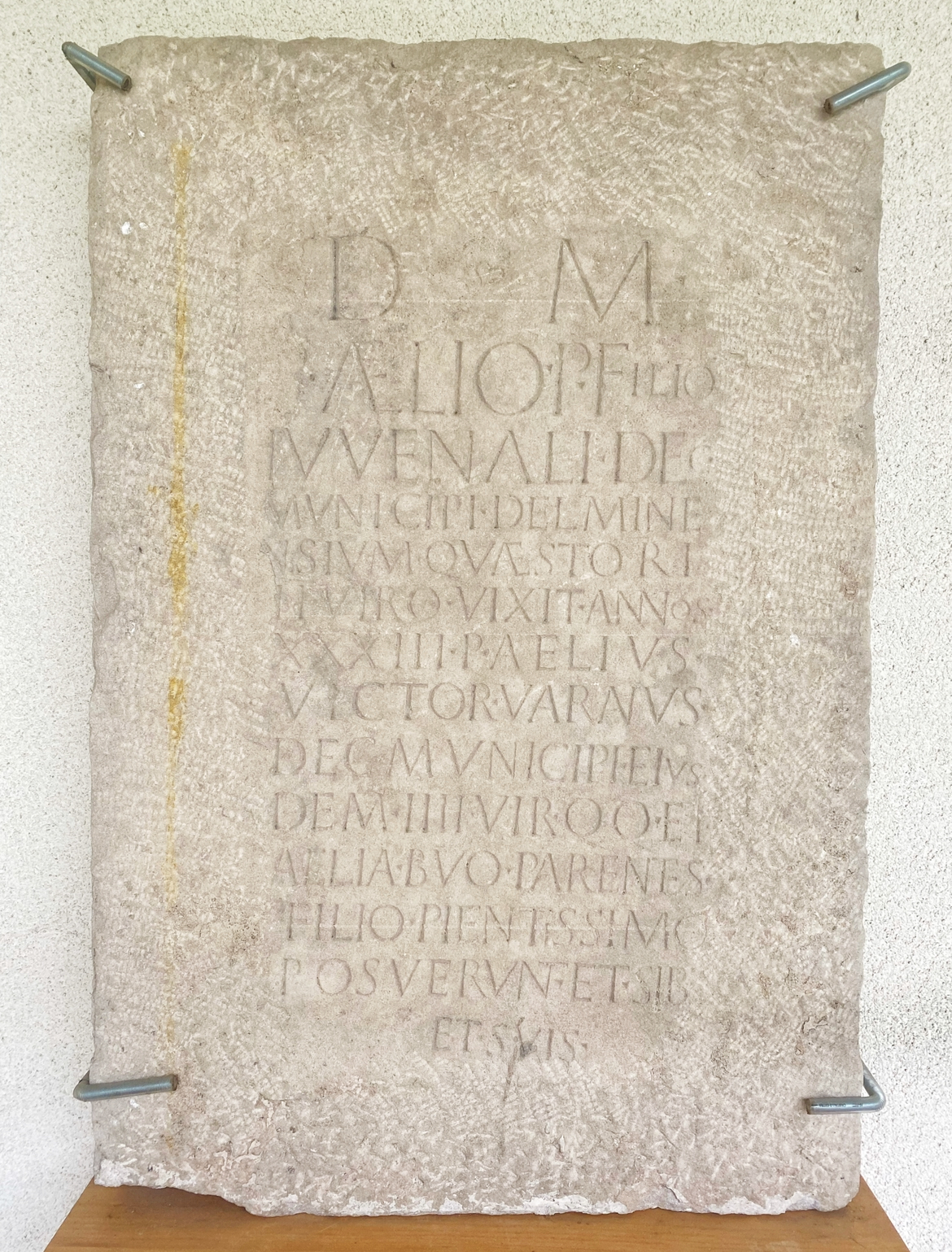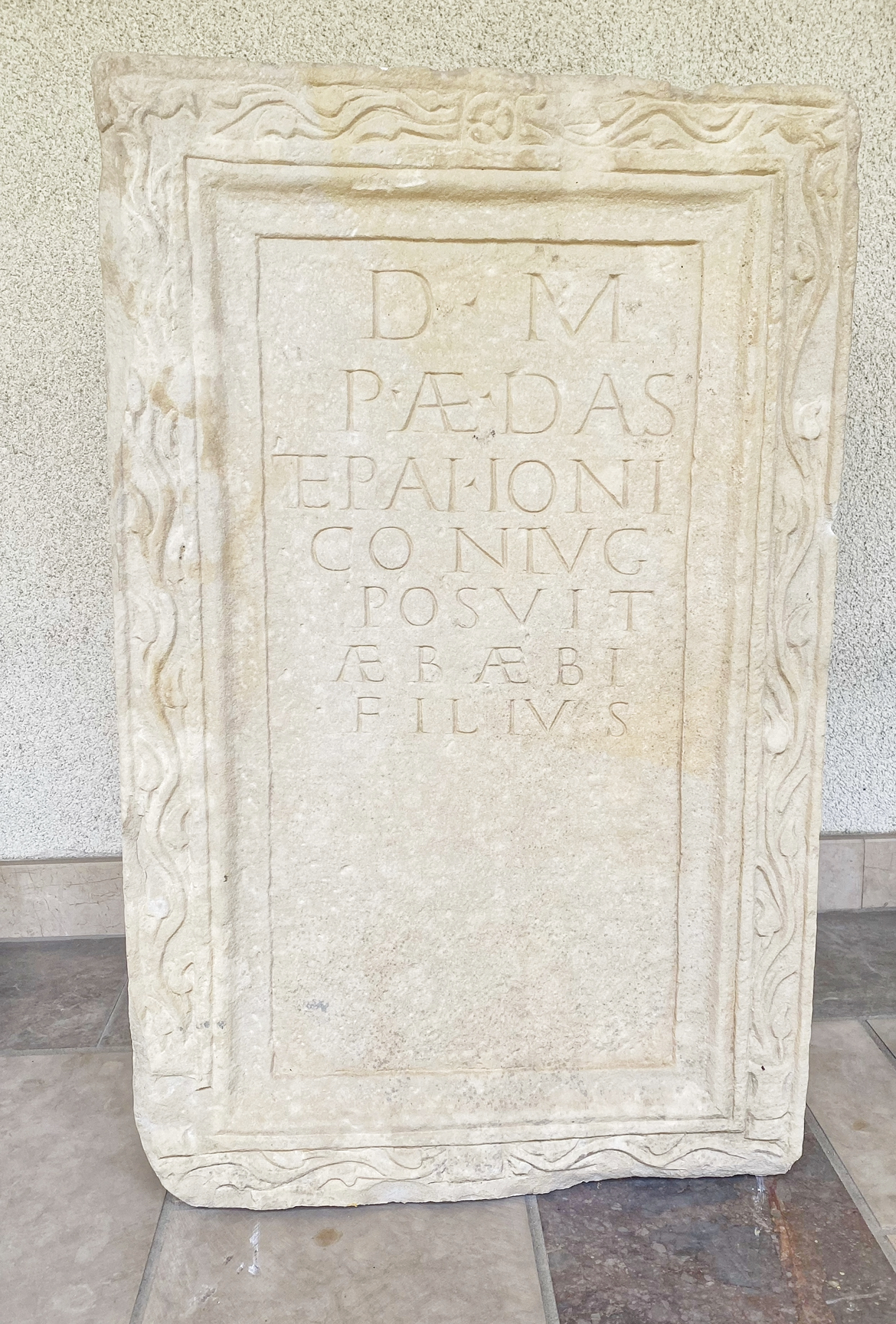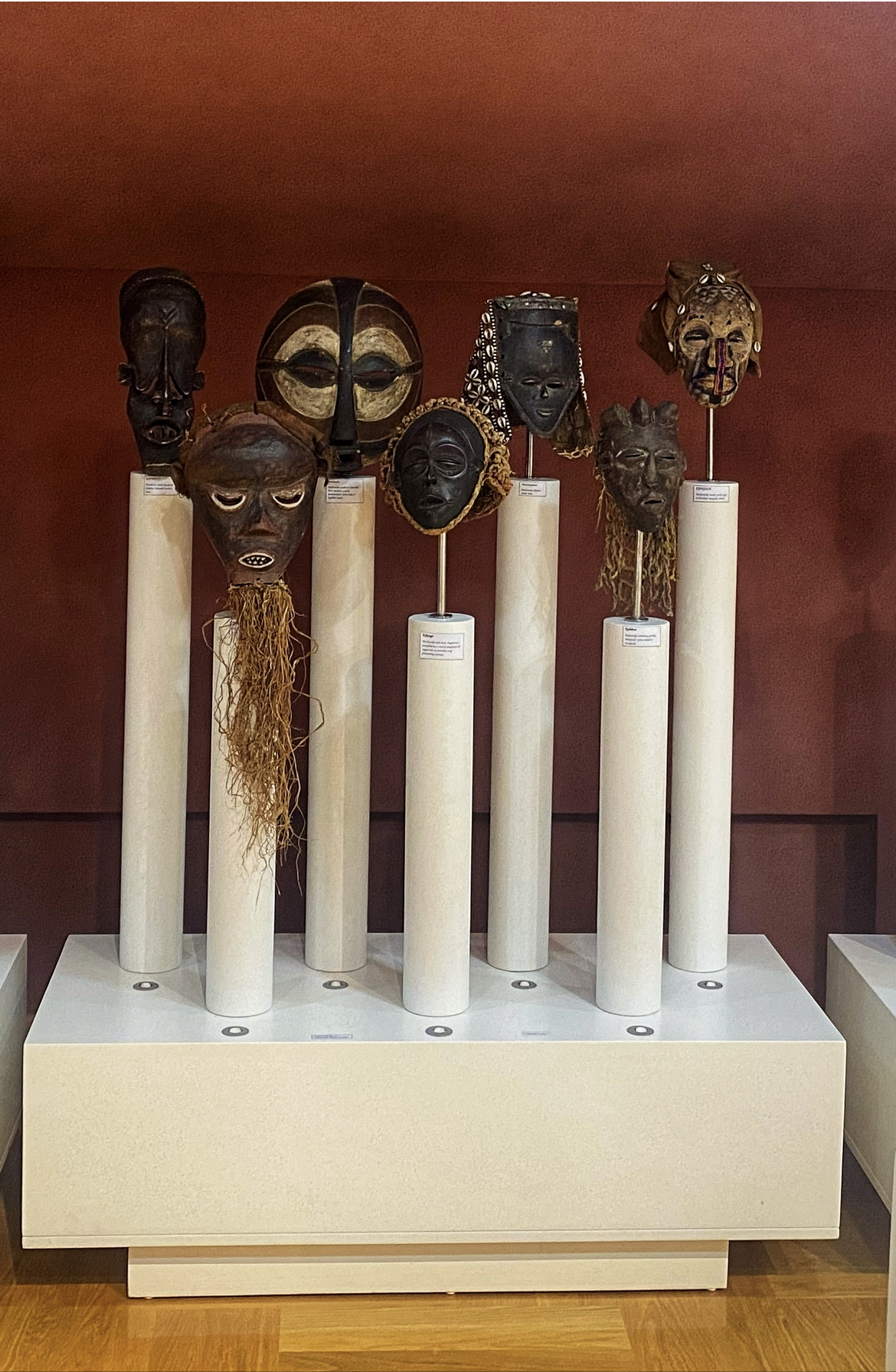The legacy of its scholars, whose life’s work was to record and protect the knowledge of their society, is one of the most powerful testimonies of the Third World

Written by: Anita Barjaktaravić
Although the Third World is used now as a derogatory term, the phrase was actually coined to describe the nations of the world who refused to follow the narrative of the Cold War; refusing to be subservient client states to either the Soviet Union in the East or the United States in the West. It was the history of these Third World nations that gave them the strength to refuse to be governed by outside powers.

One of the most powerful testimonies of the Third World is the legacy of its scholars, whose life’s work was to record and protect the knowledge of their society.
For two years the Thomas Cahill book “How the Irish Saved Civilization” topped bestseller lists. The book chronicles the work of medieval monks in protecting the accumulated knowledge of Western civilization from invading Germanic tribes. The same book could easily be written about the legacy of knowledge in the Balkans, where the Franciscan monks in well-known monasteries such as Kraljeva Sutjeska accumulated books and items of historical interest, studying them and keeping them safe for successive generations. The work of these monks was considered so vital that they are the subject of one of the first documents guaranteeing religious rights, the Ahdname of Fojnica, issued under Mehmed the Conqueror in 1463 and still kept at the Franciscan Monastery in Fojnica.
But the legacy of the scholarly medieval monks did not end with the Middle Ages, and indeed continues on to this day in the Herzegovinian monastery in Tomislavgrad. The monastery hosts a remarkable collection of items from pre-Illyrian times to the present, including numerous manuscripts, Roman ruins, valuable books, and Illyrian remains in The Franciscan Museum Tomislavgrad. Several one-of-a-kind items exist in their collection, but one of the most breathtaking and unusual are the remains of a prehistoric mastodon, for which the name Duvanjski praslon became common, from the Pliocene epoch, more than 2.5 million years ago.

Remains of several animals from family Mammutidae were discovered by chance in 2011 when a local resident was exploring the area. Although experts from universities in Zagreb, Germany and Austria have assisted in preserving and studying the rare prehistoric fossils, the majority of the work done on this remarkable discovery, including finding sources of funding, has remained with the Franciscan monks and those who work with them at the museum. It is an enormous task and has involved painstaking attention to detail. The monastery museum has several Mammutidae fossils on display; but most impressive is their recreation of the Tomislavgrad area from 3 million years ago, which features a reproduction of the mastodon as it looked in life. The reproduction was created with the help of local artists and carpenters, who checked and rechecked details with paleontological experts to create the most true-to-life representation possible. At one point during the creation of the display, the entire completed backdrop of plants was taken out and replaced because it was discovered that the initial artwork did not align with the time period in which the mastodon roamed the Balkans.
The mastodon remains at the Franciscan Museum are the only fossils of this type discovered in the Balkans, and they can only be viewed in Tomislavgrad. They are not, however, the only items of such rarity held by the studious monks. Psalters, or prayer books, in both the Bosančica and Glagolitic written languages are on display in the Basilica’s library, which is open to the public. In keeping with the scholarly tradition of the Franciscan monks, copies of numerous books are available for the local community to check out. Librarians are also working to organize and bind newspapers, and discoveries of valuable books are still being made on a nearly weekly basis, including many rare editions which do not exist anywhere else in Bosnia and Herzegovina.

The monastery in Tomislavgrad also has an extensive collection of African items, gathered by monks from the area who served missions in The Congo. These include items from traditional masks and artwork to biblical translations into local African languages.
It makes sense that the Franciscan Museum in Tomislavgrad would be able to gather so many items of historical importance, as Tomislavgrad itself sits in an area rich with history. Fields of stećci are passed on the drive into town, and numerous Illyrian grave mounds are scattered through the area. The basilica itself is built on the remains of a large Roman city, and the possible site of King Tomislav’s coronation around the year 925.
Although sources of funding to uncover and document the extensive history of the Tomislavgrad area have been difficult to come by, the Franciscan monks and the local community work hard to preserve and display as much as possible.